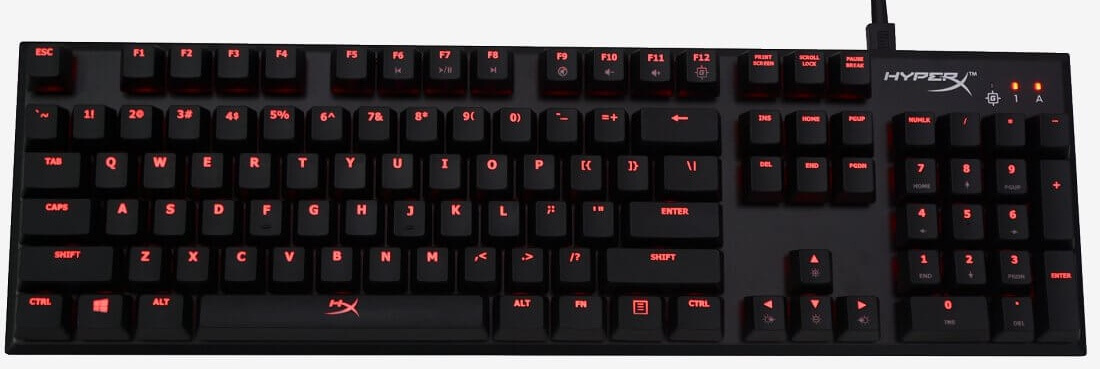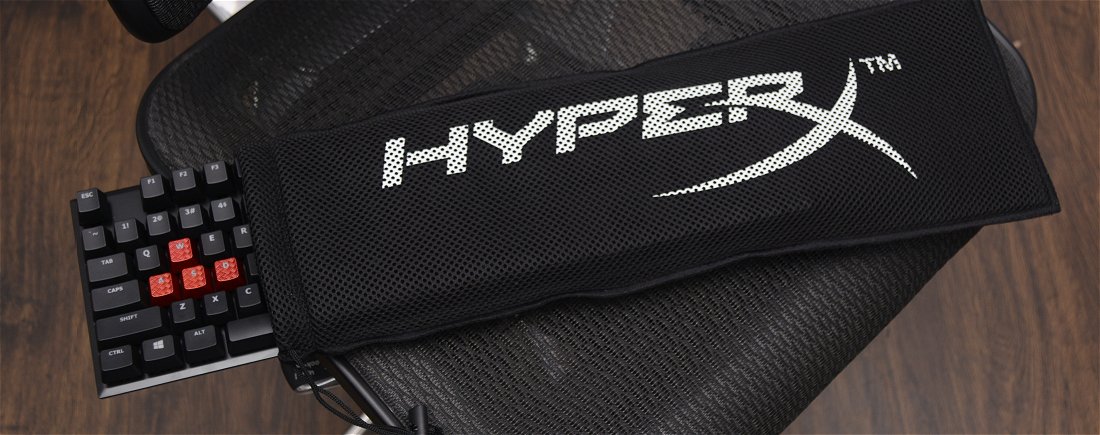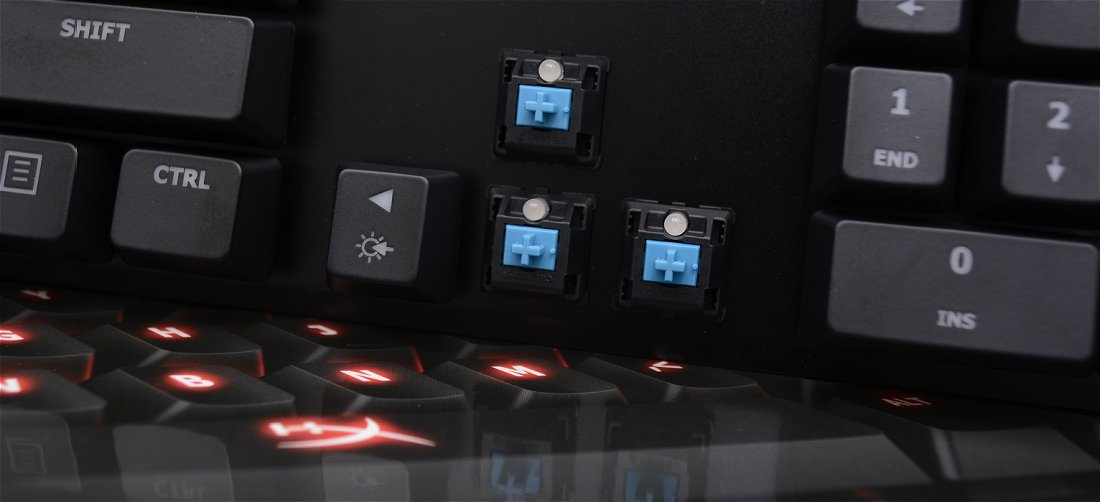Having produced quality memory modules since the 80s, today Kingston offers an extensive line of flash media products including enterprise and consumer grade SSDs.
The company jumped on the gaming peripheral bandwagon in 2014, launching the well regarded HyperX Cloud headset with others following since. Kingston is now ready to take their next step into gaming peripherals with the HyperX Alloy FPS mechanical keyboard.
At this point, I've lost count of the different brands peddling mechanical gaming keyboards. Late last year we looked at over a dozen of the best affordable options and since then dozens more have appeared on the market.
So then, what makes the HyperX Alloy stand out from the densely populated crowd?
Kingston has opted for a compact minimalistic design that the company says is ideal for first person shooters. The thinking being that the space-saving layout maximizes desktop space for the mouse to run wild. However, this isn't a tenkeyless board, so there are certainly more compact mechanical options out there if that's what you want.
At 442mm wide, the HyperX Alloy FPS is virtually the same width as almost every other full-size mechanical keyboard we've seen, so I have to wonder where Kingston is coming from. For example, this is the same width as Corsair's K70 series.
Where space saving takes place is in depth, which sees the HyperX Alloy measure 129mm since it doesn't include a wrist rest, a nearly essential inclusion in my opinion. The K70 on the other hand measures 210mm deep, which includes its detachable wrist rest and multimedia controls along the top of the keyboard.
There are no media dedicated buttons on the HyperX Alloy, just secondary functions for the F-keys.
The layout, design, and size is very similar to what we saw with the Tesoro Excalibur Spectrum, Thermaltake Tt eSports Poseidon Z, Cooler Master CM Storm QuickFire and Corsair Gaming Strafe for example.
Kingston seems to be going after LAN-goers as the HyperX Alloy comes with a neat little carry bag and the braided USB cord can be removed entirely for easy transport.
The package also includes additional textured keycaps for FPS gameplay. These look and feel pretty good, though we've seen custom textured gaming keycaps before – the Corsair Gaming Strafe comes to mind, but it was by no means the first.
Instead of using a cheaper switch, Kingston has swung for official Cherry MXs with our sample featuring the blue ones. It's my understanding that for now at least this keyboard only comes with the option of the loud blue switches. These switches have an actuation distance of 2.2mm, they feel quite tactile, and produce a loud click.
The face of the keyboard is clad with an aluminum faceplate though sadly the entire keyboard hasn't been constructed from alloy as the name might suggest. Underneath we find the usual twin fold-out feet on a plastic bottom and truth be told most of the keyboard's structure is plastic. Despite that and the board's small size, it still weighs a hefty 1049g.
There is virtually no wobble to the keycaps, which feel smooth and feature a clean font with red backlighting (no RGB here) that gets very bright when turned all the way up – there are five brightness levels and six effects, all of which are accessible without requiring software.
The detachable braided cord measures 1.8m long, and thankfully USB pass-through is offered which is intended for mobile phone charging only, according to Kingston.
We wonder if Kingston has played it too safe for the gaming crowd considering how much I liked G.Skill's Ripjaws KM780 last year, though some may find the style of that keyboard hideous.
The main issue we've got with the HyperX Alloy is price. While the keyboard still has to hit stores in the US, in Australia it's selling for $170 AUD which is a tad higher than most of its direct competitors.
Bottom line, while you won't find anything new on the HyperX Alloy, Kingston has developed a high-quality mechanical gaming keyboard that should stand the test of time.
score
Pros: Detachable USB cord, red backlighting, USB pass-through for phone charging, carrying bag.
Cons: A tad overpriced (US release pending). No wrist rest. No media keys.






